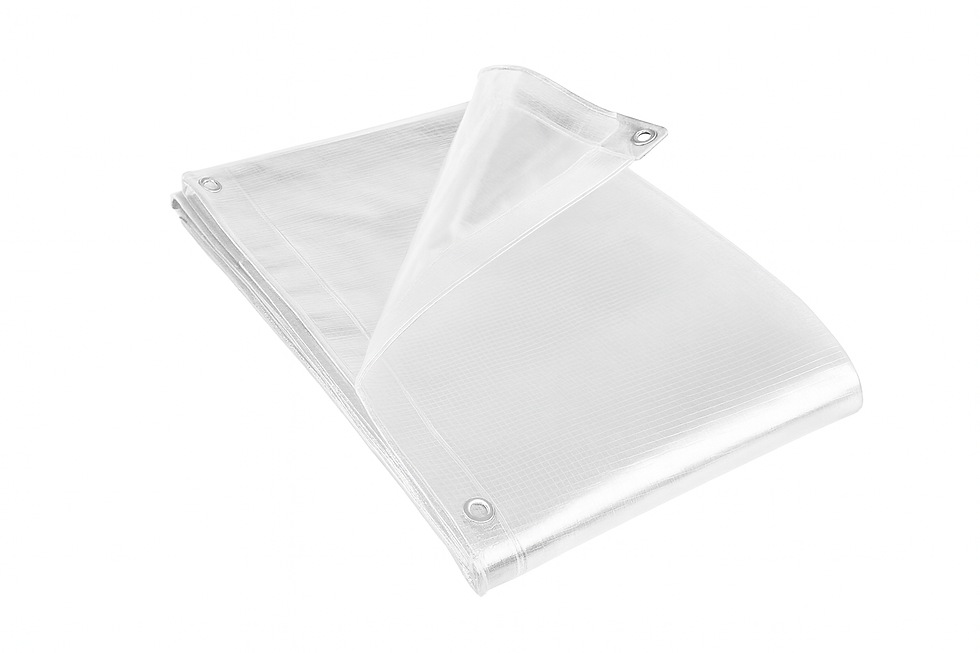Legal Guidelines for Commercial Tarpaulin Use
- UK Tarps
- Jan 14
- 3 min read
Tarps or tarpaulins are widely used for a variety of purposes in many industries because of their functionality. They include temporary structures, covering equipment and materials, and even acting as barriers. Despite its application in construction, agriculture, and many industries, the use of tarps may have some legal issues sometimes. This blog will provide legal requirements for Tarpaulins in commercial business so that you can quickly note new rules you have to obey.
1. Permit Requirements
Some places do require a permit when using tarpaulin; especially where the area that will be covered is large or situated in public places. Permits are usually needed for temporary structures; if one is not acquired, a fee or penalty may be imposed. Discuss with your local authorities to determine the legal necessity of the permits and how to get out of them.
2. Hazard Communications and Compliance with OSHA Regulation
If your business uses tarp surround machinery or on construction sites, OSHA has set certain safety guidelines that need to be followed. There are specific rules which are recommended by OSHA on how to hazard-free places especially while using tarps at elevated places. It is very important to ensure that, the methods of tarp setup followed meet the OSHA standards so that incidents that may lead to accidents and subsequently fines can be avoided.
3. Tarp Material and Durability
Select good-grade tarps that will stay long and perform their intended function and additional uses of roof tarps to protect from other harsh weather conditions. For some regions, legal regimes may require tarp construction material and thickness particularly where tarp is to be used in construction areas or near water sources. Choosing the right tarpaulin material is environmentally friendly, and it will save you from legal repercussions.
4. Intellectual Property Rights
In case you are to print logos, trademarks, or branding on your tarps it is advisable that you do so legally. Profiting from or using someone else’s ideas, creation or innovation is unlawful. If you plan on being legally safe, you should obtain licenses for your copy or trademark to prevent infringement of copyright laws.
5. Introduction to Neighbor Rights and Nuisance Laws
Although it may be legal to use tarps for business operations, one has to respect the rights of his neighbors. Clear Tarpaulin may produce sound during rain or wind and if these tarpaulins can control sunlight, it may violate the law of certain modifying elements in some areas. The following is a key factor that must be considered to avoid disturbing other properties to an extent that is unbearable to the owners.
6. Liability Insurance
One should also think about getting a liability insurance policy since the tarps may cause some harm. For instance, should a tarp be dropped on a car or an object and cause harm, then your insurance will assist in paying the bill. It will also mean that in case someone gets injured due to a tarp-related accident, then you’ll be in a position to take care of their expenses as a result of having liability insurance.
Conclusion
Although the use of tarps in commercial space can help, one must abide by the legal rules and regulations to avert some problems. Understand requirements for permits, safety regulations, and types of Tarpaulin, learn about patents, and understand neighbors’ rights. This way you will be safeguarding your business and at the same time running it as usual while having to use tarpaulins. Always bear in mind that knowledge of legal matters will save you from the hot seat and will make your tarpaulin endeavor as smooth sailing as possible.




Comments